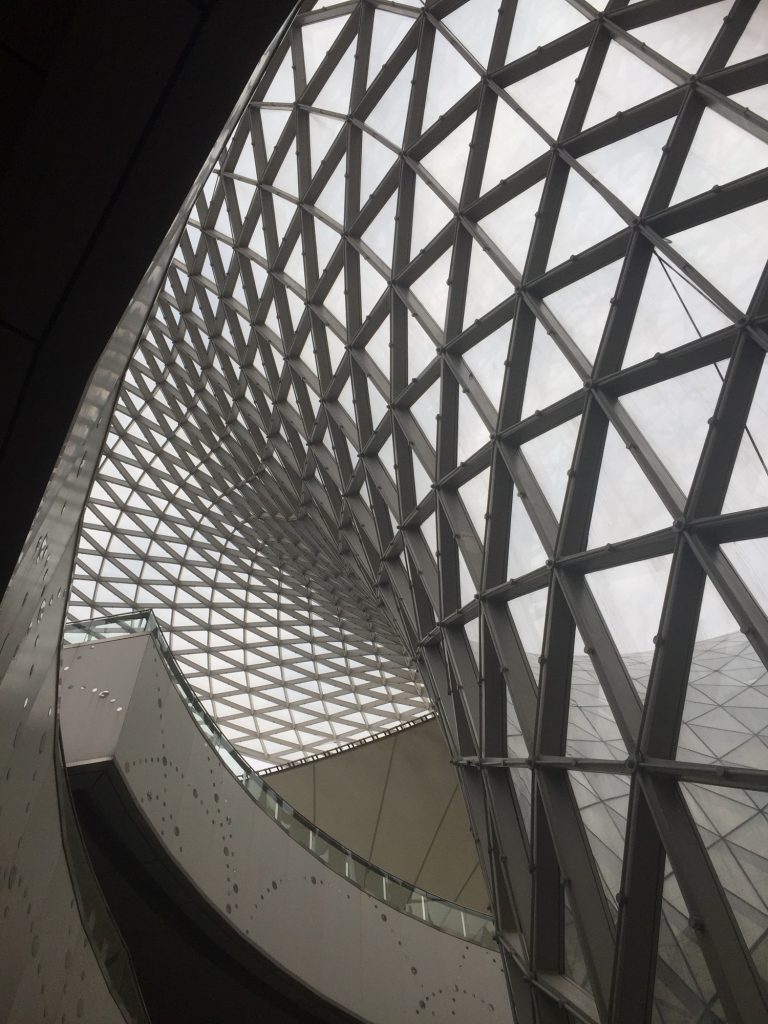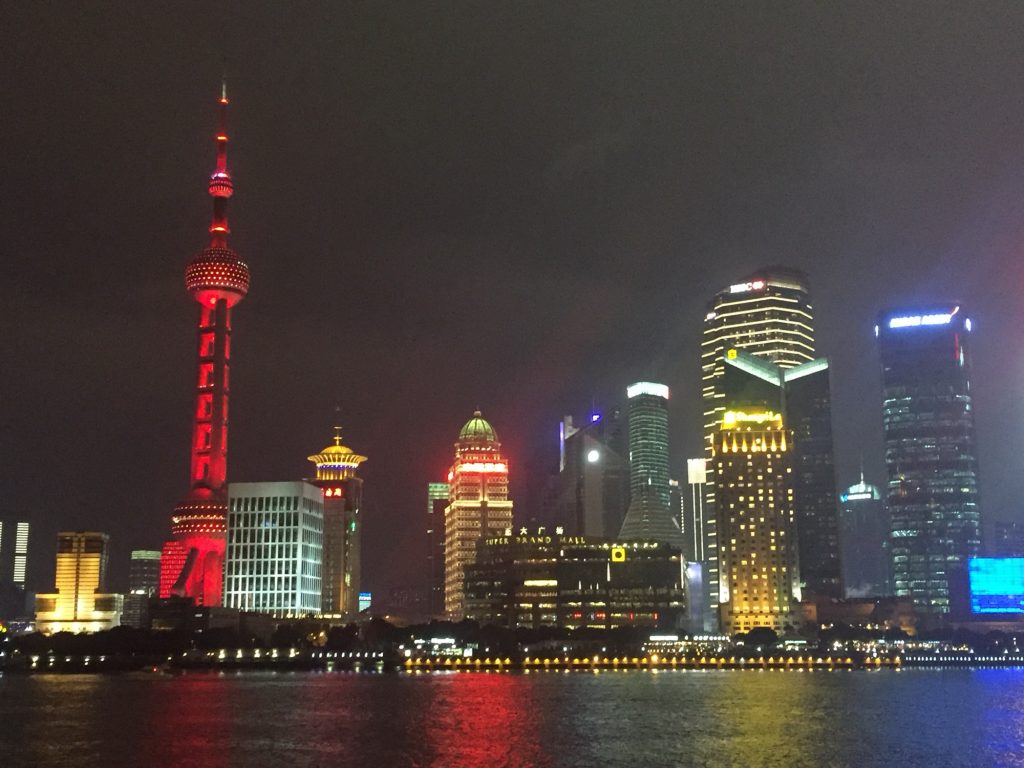
Shanghai has thrust itself back to the forefront of international news in two ways this week. The first is through the announcement of plans to further develop the Shanghai and Yangtze River basin as an international trade and business hub. The second, and quite possibly linked to the first, is the announcement by the celebrity chef, Gordon Ramsay, that he will open his first restaurant in the city. In this blog I’ll share information about both of these announcements and link it to a deeper understanding of the history of Shanghai and its place in China and the world.
The new business hub will be called the ‘Shanghai Eastern Hub International Business Cooperation Zone’. It will be located in an 880,000-square-meter area neighbouring Shanghai Pudong International Airport. The airport will become the centre of an enterprise zone designed to enhance domestic and international business and trade.
The new hub will build on Shanghai’s existing profile as a global centre. Shanghai is already home to more than 75,000 foreign-funded enterprises, with 956 headquarters and 561 research and development centres. Shanghai is a major hub for foreign trade, with over 58,000 companies engaged in foreign trade activities. The city’s trade volume represents over 3 percent of the world’s total. Recently 63 foreign investment projects were announced with a combined value of $6.47 billion. Shanghai’s receipt of foreign direct investment exceeded $24 billion in 2023, the fourth year in a row that it has surpassed the $20 billion threshold.
China has three of the world’s wealthiest cities – Shanghai, Beijing and Hong Kong. Ranked by the number of resident billionaires, Shanghai is the third ranking city in the world after New York and San Francisco. On the basis of this information the surprising thing is not Gordon Ramsay’s decision to open a restaurant for exclusive dining in Shanghai, but what took him so long! From Las Vegas to Dubai, Gordon Ramsay branded eateries follow the money everywhere. The new restaurant has been opened in collaboration with Harrods and is located in an exclusive club called ‘The Residence’. The advertising claims the restaurant will feature ‘local flavour and ingredients’ before boasting:
‘Highly anticipated dishes will include lobster and salmon ravioli, a heritage tomato tart, turbot with a champagne caviar sauce, wagyu Rossini with foie gras, and Gordon’s take on the quintessentially British fish and chips.’
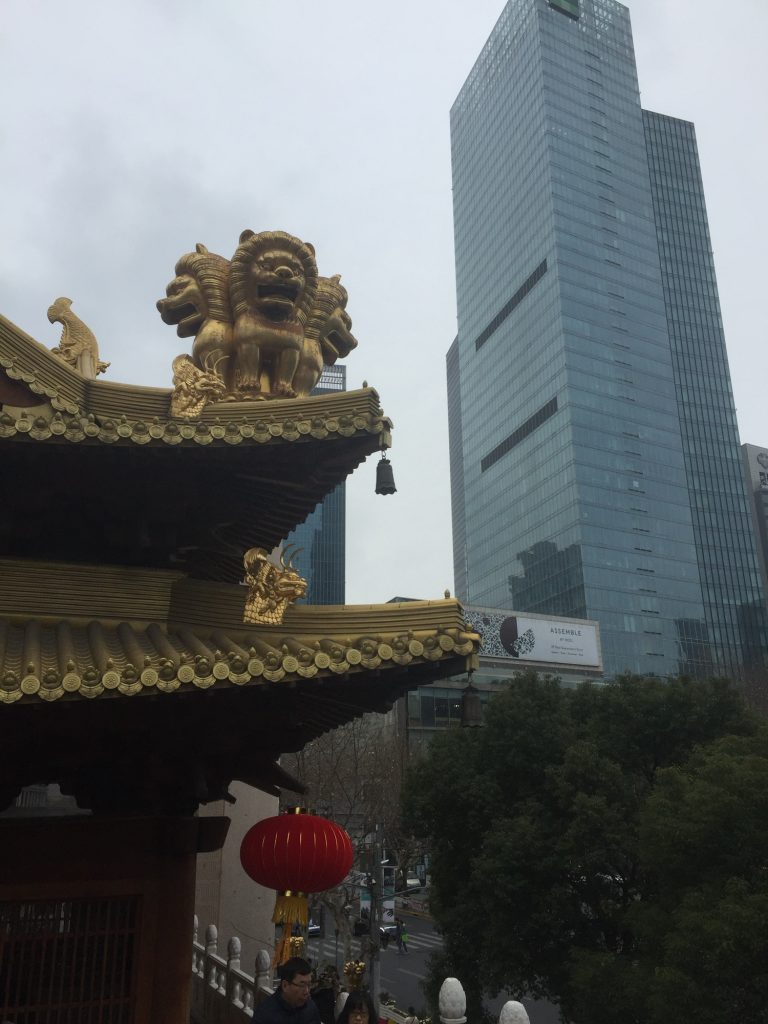
Jing’an Temple, close to the location for Gordon Ramsay’s Shanghai restaurant
I wonder how many of you would be attracted by this menu. For those of you who are genuinely interested in ‘local flavours and ingredients’ I suggest you give ‘The Residence’ a miss and make your way instead to a very exclusive little place called ‘Jiajia Tangbao’ in Huanghe Road, just a short walk north of Renmin Square. It’s so exclusive it opens at 9 am and usually closes by 11 am having sold out the day’s supply of freshly made ‘小笼汤包 xiǎolóngtāngbāo or steamed soup dumplings. If you haven’t tried them xiǎolóngtāngbāo are far superior to dumplings in my opinion, being exquisite little parcels of pork or chicken or crab, swimming in a delicious broth that literally explode with flavour when you bite into them. In 2020 I did two weeks of quarantine in Shanghai after flying back to China during the COVID pandemic living on blandest of hotel food. As soon as I was released I rushed to Jiajiatangbao, for a flavour feast that was close to a religious experience, it was that intense. Oh, and the cost of this culinary ecstasy – about 50 rmb or five pounds, forty-nine pence!
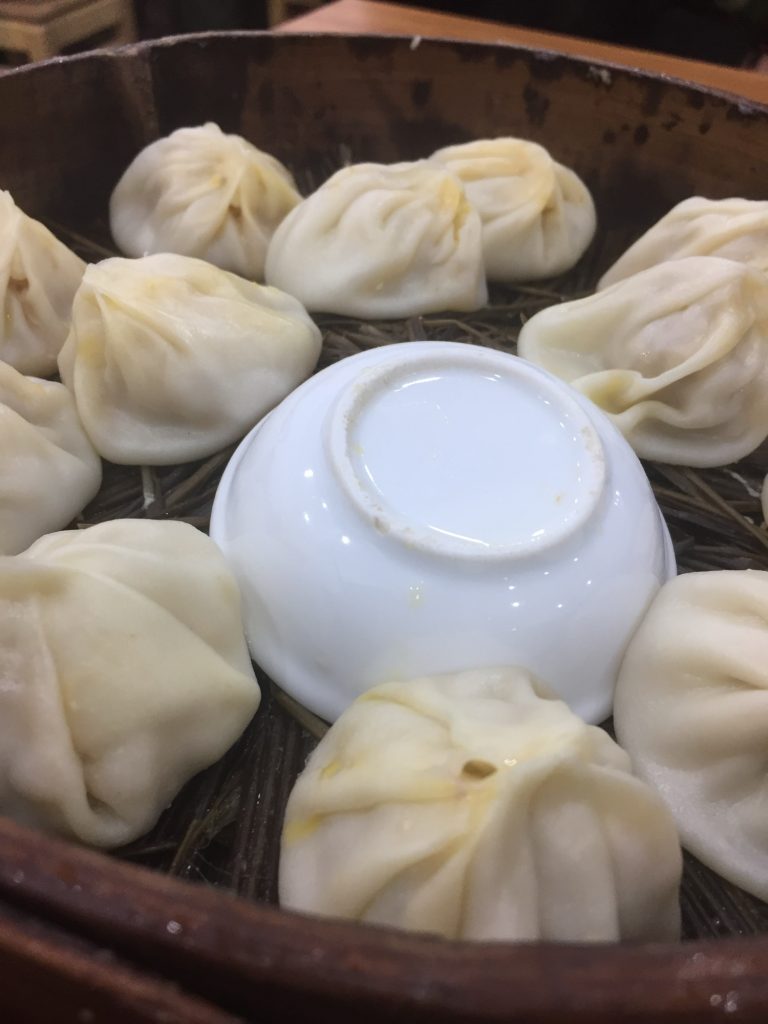
But of course the fine diners at the residence will not be interested at all in local flavours. Instead they will be indulging in Shanghai’s centuries old love affair with being an international city. The new restaurant will be located in an area of Shanghai called Jing’an. It’s conveniently close to the CBD and a fascinating part of Shanghai’s international history. For those of you with a macabre sense of humour, it’s a stone’s throw away from what is now called Jing’an Park, a place which used to be Shanghai’s largest cemetery for foreigners! In those days the area around here was called ‘Bubbling Well’ because there really was a famous well of water bubbling up in front of the Jing’an Temple. As the number of foreign residents increased from the 1840’s onwards somewhere was needed for burials and the land around the bubbling well at that time was countryside. It was called ‘The Hill of Foreign Tombs’. The tombs were all moved to another location in the early 1950’s and the restored area was opened as a public park.
So let’s put Shanghai’s internationalism into historical perspective. Originally the area where Shanghai now stands was low lying marshland.The very name Shanghai means ‘on or above the sea’ and climate change experts are now concerned that this city which rose from the waters could slip back under them if sea levels continue to rise. Shanghai’s coastal location meant that it was rising as a port of importance when in the 1840’s, following the Opium War, the British government forced the Imperial Court to give them a ‘concession’ to live and trade in Shanghai. Taking advantage of the situation, the American and French governments both claimed equivalent rights. These concessions are still visible in the streets of European style housing that have now been converted into lucrative business addresses by their Chinese owners.
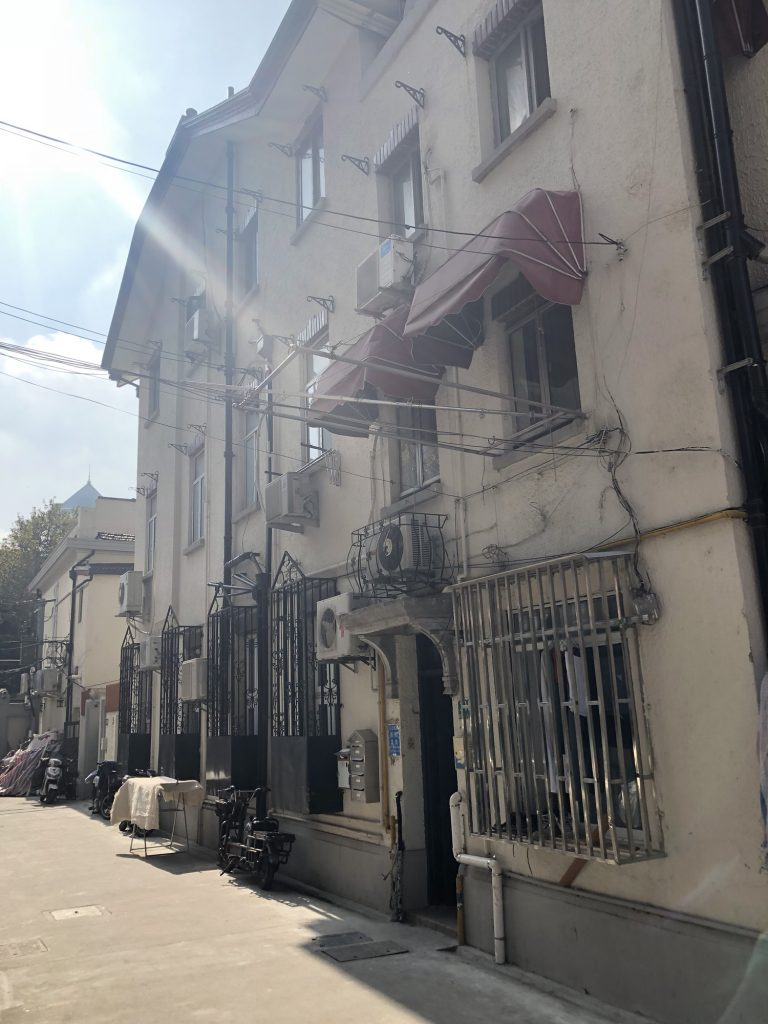
From the 1860’s onwards there was a stable international community of about 60,000 people living and working in Shanghai. It must be emphasised that the western powers never succeeded in colonising Shanghai, the city was never under foreign control. However in the concessions the British and French set about building mini replicas of their homelands and trying to keep the Chinese out as much as possible. In another piece of historical irony, the area that is now ‘人民广场 Rénmín Guǎngchǎng’ the People’s Square in the centre of Shanghai was from 1862 until 1949 the site of a horse racing track, where the wealthy indulged their love of gambling. The Race Club’s long history of discrimination, as well as its use for colonialist political events and displays of military power, along with the moral implications of its function as a centre for gambling, meant that, once the People’s Republic of China was founded, for many it came to epitomise the evils of imperialism and so on August 27, 1951 the new government of Shanghai transformed this once exclusive club into a public square for all of the people.
By the 1930s, Shanghai was the largest trading centre in Asia, among the ten largest cities in the world. It would be wrong to think that the growth of the city was entirely due to the international presence. While it’s true that a lot of the wealth creation came from the horrendous exploitation of the Chinese poor who flocked to the city in search of a better life, other Chinese found opportunities to learn about western technology and make their own use of it. An example of this is cinema and the film business. The first ever movie screening in China took place in 1896, when a film by the French pioneers of filmmaking, the Lumiere brothers, was shown just one year after it was shot. By 1908 enterprising Chinese opened China’s first movie house, also in Shanghai. Then in the 1920’s and 1930’s Chinese directors, actors and actresses made Shanghai one of the world centres of film culture. Film directors such as Cai Chusheng and Yuan Muzhi formed the ‘New Film Movement’ which borrowed and improved on western aesthetic ideas such as expressionism to create uniquely Chinese films with a social conscience such as the 1937, ‘mǎlù tiānshǐ’ or ‘Street Angel, starring the popular singer Zhou Xuan.
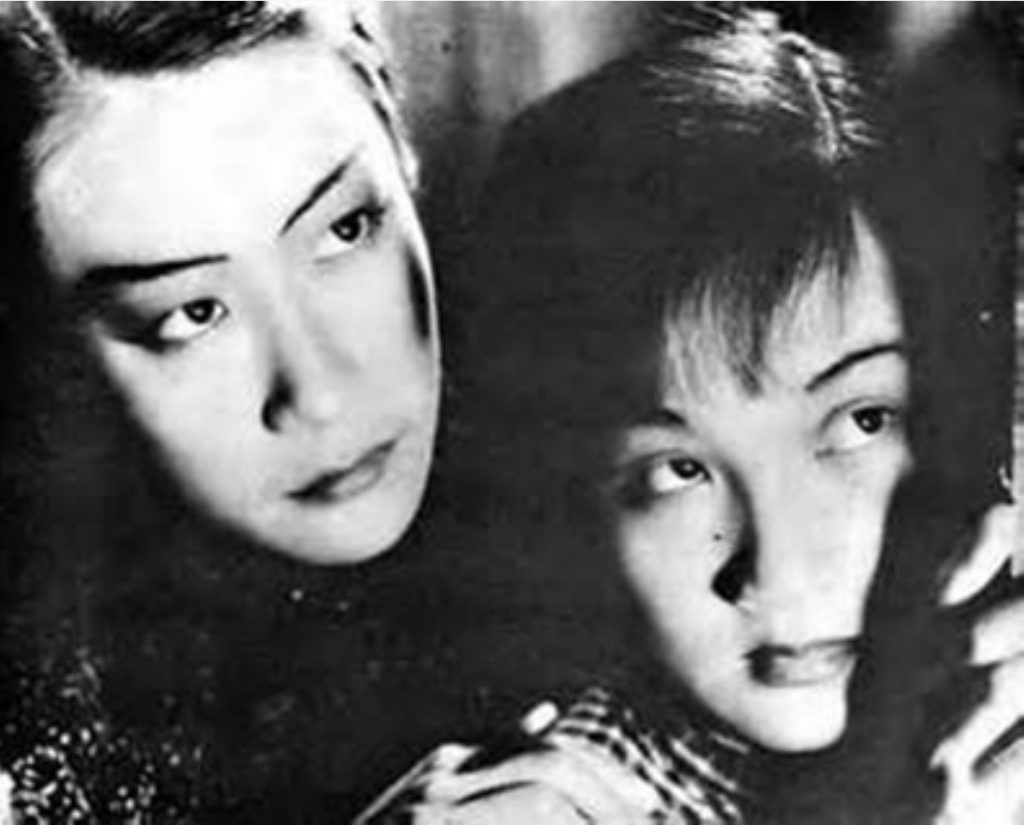
Like the 阴 yīn to its 阳 yáng of material wealth, Shanghai has always had a radical aspect to its character. In 1862 the leaders of the Taiping rebellion stormed Shanghai and tried to drive out the British and Americans. Throughout the nineteenth and into the twentieth century the industrialisation of Shanghai was accompanied by by strikes and other forms of protest by workers. In 1927 the radical author Lu Xun came to live in Shanghai and there he started his famous League of Leftist Writers. You can still visit his house in Shanyin Road, just a stones throw from the Hongkou football stadium. Most famously of all on July 23, 1921, thirteen members held the first national congress of the Communist Party of China at 76 Xingye Road in Shanghai making Shanghai the birthplace of New China.
What of the future? Alongside becoming an international business hub, the government of Shanghai is pursuing the vision of developing a world leading ‘Park City’. The two go hand in. The wealth earned from global trade will be reinvested in sustainability to enhance the health and wellbeing of the Shanghainese and the environment in which they live. At the heart of Shanghai’s green agenda is the construction of 70 new or renovated parks, the addition of 1,000 hectares of green land, and an increase in vertical greenery by 400,000 square metres. By the end of the year, the city’s green areas, designed for leisure and exercise in the midst of natural beauty, are expected to extend to nearly 2,000 kilometres.
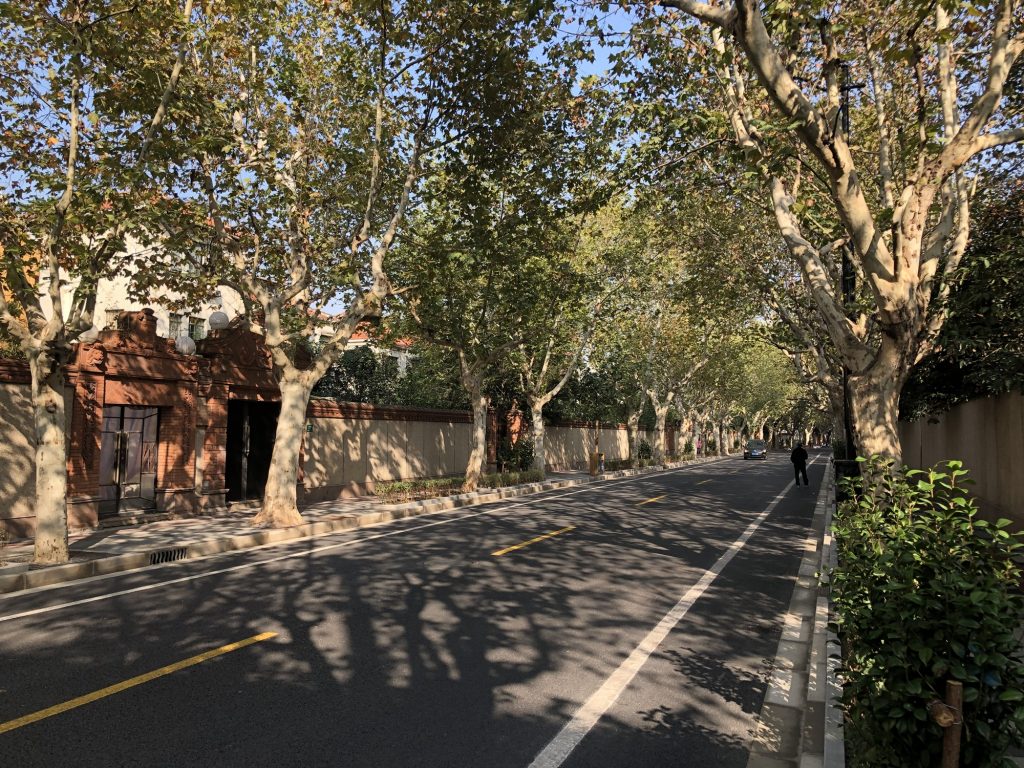
So good luck to Gordon Ramsey in building his commercial bridge of culinary understanding between Britain and China. Let’s hope that success for his business venture can be part of a wider breaking down of barriers between the British and the Chinese people and that we can all share widely in lessons to be learned from the past, the present and the future of Shanghai.
